Understanding dashboard warning lights on your GWM Haval H5 is essential for safe driving and preventing costly repairs. These lights alert you to potential issues ranging from minor information to serious problems that could lead to breakdowns or accidents.
By recognizing them early, you can take prompt action to maintain your vehicle’s performance and ensure your safety on the road.
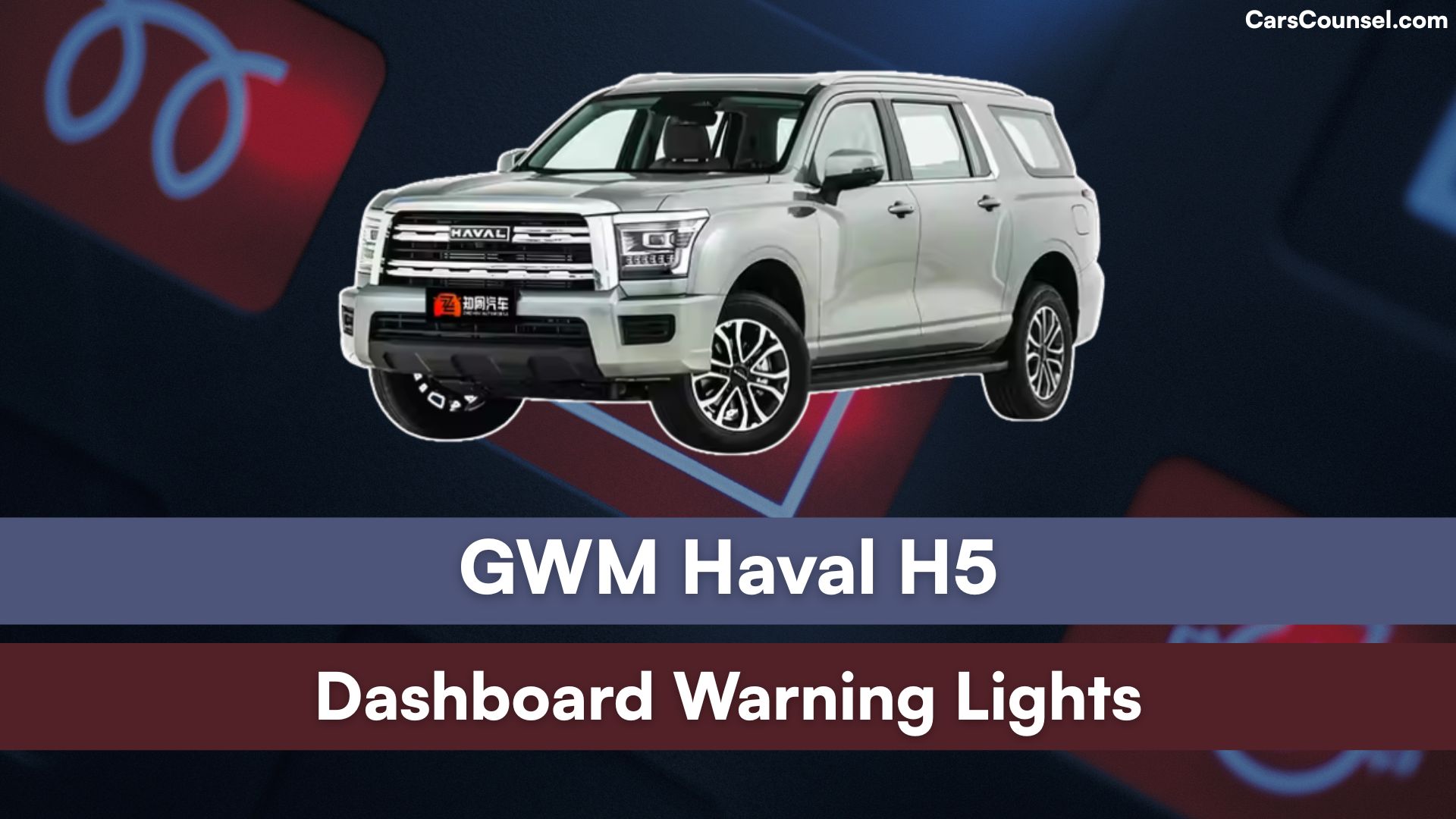
Quick Navigation
Red Warning Lights (Stop Immediately)
These lights indicate critical issues that require you to pull over safely and stop driving right away to avoid damage or danger.
Engine Oil Pressure
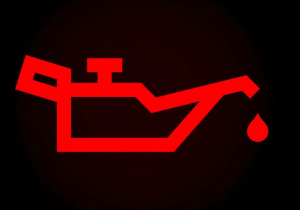
Low oil pressure can cause engine damage from lack of lubrication. Often due to leaks or low oil levels. Stop the car, check oil level, and add if needed; do not drive until fixed.
Brake System Alert
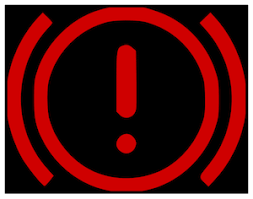
Signals low brake fluid or a failure in the braking system, risking loss of stopping power. Pull over immediately and call for roadside help or a mechanic.
High Coolant Temperature
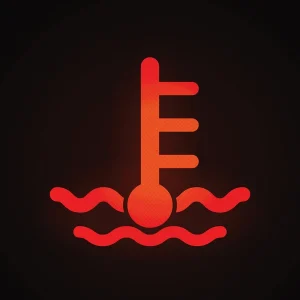
Engine is overheating, possibly from low coolant or a radiator leak. Stop safely, let the engine cool, check coolant level, and seek professional repair before driving.
Battery Charge
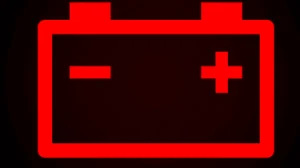
Battery is not charging properly, which could lead to electrical failure. Caused by a faulty alternator or loose connections. Stop and have it inspected or replaced urgently.
Airbag Fault

Airbag system has a problem and may not deploy in a crash. Often from faulty sensors or wiring. Stop and get it checked by a mechanic to ensure safety.
ABS System Fault
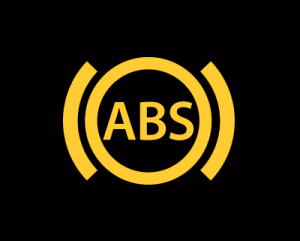
Anti-lock braking system is not working, increasing skid risk during hard stops. Pull over and have a mechanic diagnose and fix it immediately.
Power Steering Failure

Power steering assist is lost, making steering hard, especially at low speeds. Stop driving and contact a service center for repairs.
Check Brake Fluid
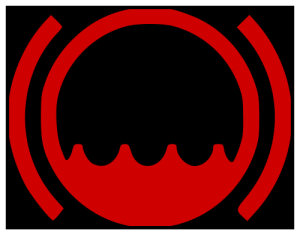
Brake fluid is low, which can cause brake failure. Pull over, check fluid level, and top up if needed; seek mechanic help right away.
Transmission Overheat
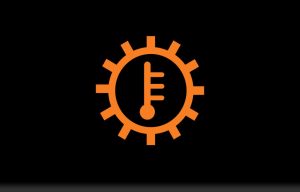
Transmission is too hot, risking damage from fluid issues or heavy load. Stop, let it cool, and have it serviced before continuing.
Seatbelt Reminder

A seatbelt is not fastened, increasing injury risk in a crash. Stop and ensure all passengers buckle up before proceeding.
Engine Fault Critical
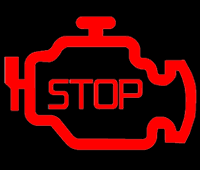
Severe engine issue like overheating or major malfunction. Stop immediately and tow the vehicle to a service center.
Low Fuel Critical
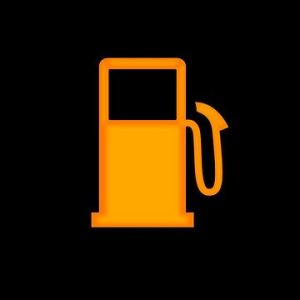
Fuel is extremely low, risking engine stall. Stop at the nearest station to refuel to avoid being stranded.
Steering Lock Alert
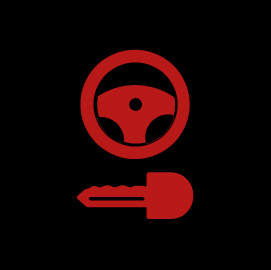
Steering wheel is locked due to security or mechanical fault. Stop and resolve before driving to prevent control loss.
Overheat Exhaust System
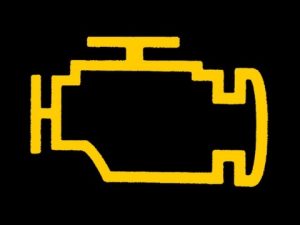
Exhaust is too hot, possibly from a blocked filter. Stop and allow cooling; visit a mechanic promptly.
Emergency Brake Assist Failure
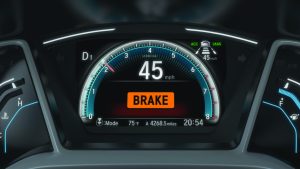
Brake assist system is down, reducing stopping power. Stop immediately and get professional help.
Yellow/Amber Warning Lights (Action Required Soon)
These lights mean there’s an issue that needs attention soon, but you can usually drive to a safe spot or service center.
Tyre Pressure Monitoring
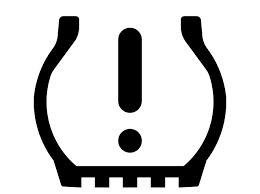
One or more tires have incorrect pressure, affecting handling and fuel use. Check and adjust pressures; reset the system if needed.
Glow Plug Indicator

Diesel engine glow plugs are heating up or faulty. Wait for it to go off before starting; see a mechanic if it stays on.
Door Ajar
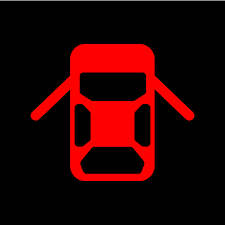
A door is not fully closed, which could be unsafe. Check all doors and close them securely before driving on.
DPF Filter Warning
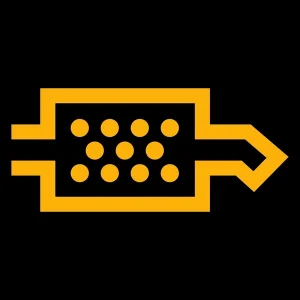
Diesel particulate filter is clogged with soot. Drive at higher speeds to regenerate it or visit a service center.
ESP Stability Control
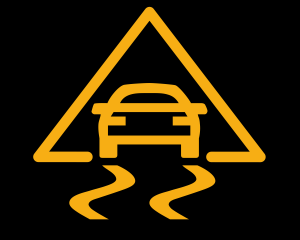
Electronic stability program is off or faulty, reducing traction control. Have it inspected soon for safe handling.
Service Due Soon
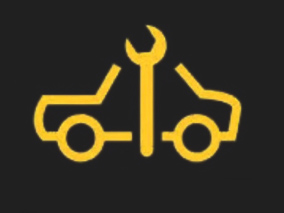
Vehicle is due for routine maintenance based on mileage. Schedule a service appointment to keep it running well.
Bulb Not Working

A light bulb like headlight or brake light is out. Replace the bulb soon to ensure visibility and avoid fines.
Check Brake Pads

Brake pads are worn thin, reducing stopping power. Have them inspected and replaced at a service center.
Check Wheel Alignment
Wheels are out of alignment, causing uneven tire wear. Visit a mechanic for alignment check and adjustment.
Low Washer Fluid

Windshield washer fluid is low. Refill the reservoir soon to maintain clear visibility.
Fuel Filter Water Trap

Water is in the fuel filter, risking engine damage. Drain it or have a mechanic service the filter promptly.
Transmission Fault
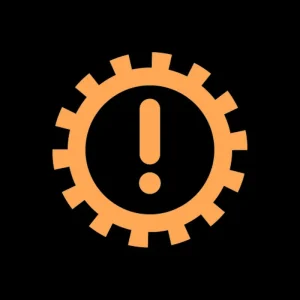
Transmission has a minor issue like sensor error. Drive carefully and get it diagnosed soon.
Green Lights (Information Only)
These lights provide status updates and do not require immediate action; they confirm systems are active.
Low Beam Lights On
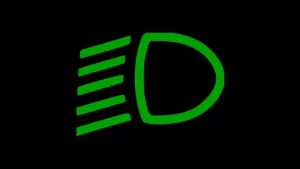
Front low beam headlights are active for normal driving. No action needed; they improve visibility.
High Beam Lights On

High beam headlights are on for better night visibility. Dim them for oncoming traffic.
Front Fog Lights Enabled

Front fog lights are on to cut through mist. Turn off when not needed to avoid glare.
ECO Mode On
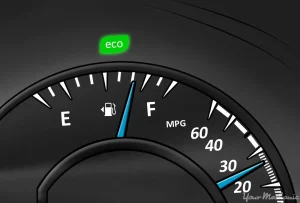
Economy driving mode is active, optimizing fuel use. Switch modes as desired for performance.
Cruise Control Activated
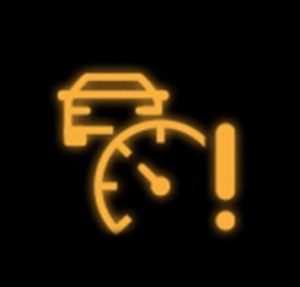
Cruise control is set and maintaining speed. Adjust or turn off as needed.
Lane Assistant On
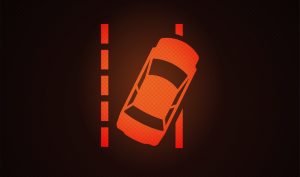
Lane-keeping assist is active, helping stay in lane. It works above certain speeds.
Front Radar Engaged
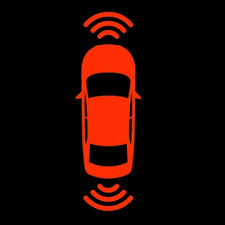
Adaptive cruise or collision avoidance radar is on. It helps with safe following distance.
Heated Seats On
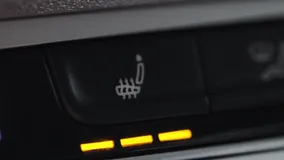
Seat heaters are active at the set level. Adjust for comfort.
Heated Windscreen

Windscreen heater is on to clear frost. It may turn off automatically.
Vehicle In Park
Transmission is in park position. Shift to drive when ready.
Automatic High Beam On

Auto high beams are switching based on traffic. Monitor and override if needed.
ESP Engaged
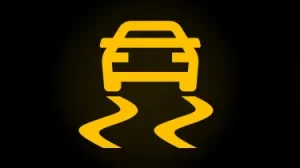
Stability control is active on slippery roads. It helps maintain traction.
Turn Signal On
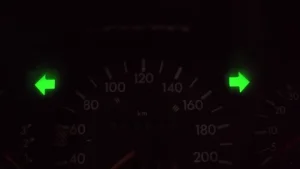
Direction indicators are flashing for a turn. They turn off after the maneuver.

